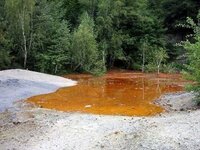Truffles_EOD
Full Member
- Aug 4, 2013
- 143
- 52
- Detector(s) used
- Started with Garrett AT/Gold, 2 x Scuba Tectors for shallow water while swimming along the beaches, now have Equinox 800 and starting to find decent items!
- Primary Interest:
- All Treasure Hunting
I have just recently found and joined Treasurenet, I am a former British soldier living and working in Bosnia and recently heard about the Bakovići Gold Mine, which operated over a period of about 50 years during which time I believe over 4 tonnes of Gold was mined from the 1880's to 1938, it wasn't run continually during that time. I decided to do a little RECCE on my way back to Sarajevo today to see what the feasibility of panning in the river below the hill where the Gold Mine is located, I would really love to hear everyone's advice and experience with this, I am attaching a couple of pictures of the river; I have no experience of Gold Panning but have ordered an equipment set of pans etc; and will go back to the site in a few weeks time.
The Goldmine was situated where two small streams meet up on the hillside and the small stream that runs down the hill is renowned for being very yellow in colour, there are plans to re-open the mine as they believe there are still several tonnes to be mined. Although I didn't see the mine today, I chose to have a quick look downstream of the main river that the stream flows down into and had a quick dig around, lots of red rocks quite tightly packed into a bed of fine stones/gravel and mud, the river is fairly fast flowing and has several large rocks around that location, is this the sort of area that may yield flakes of gold and what is everyones thoughts on panning in this location, do you think it has potential?
All thoughts, advice and general knowledge will be greatly appreciated as I am a complete Beginner but very keen.
Many Thanks in advance...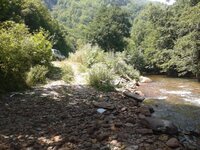
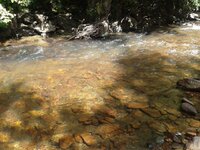
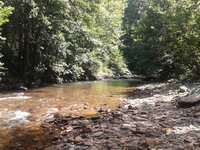
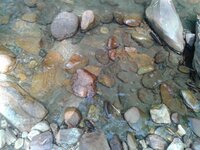
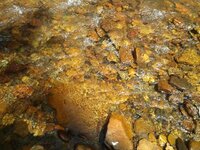
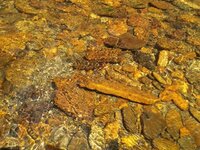
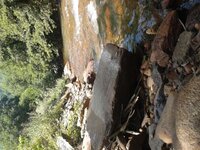
The Goldmine was situated where two small streams meet up on the hillside and the small stream that runs down the hill is renowned for being very yellow in colour, there are plans to re-open the mine as they believe there are still several tonnes to be mined. Although I didn't see the mine today, I chose to have a quick look downstream of the main river that the stream flows down into and had a quick dig around, lots of red rocks quite tightly packed into a bed of fine stones/gravel and mud, the river is fairly fast flowing and has several large rocks around that location, is this the sort of area that may yield flakes of gold and what is everyones thoughts on panning in this location, do you think it has potential?
All thoughts, advice and general knowledge will be greatly appreciated as I am a complete Beginner but very keen.
Many Thanks in advance...







Amazon Forum Fav 👍
Upvote
0





